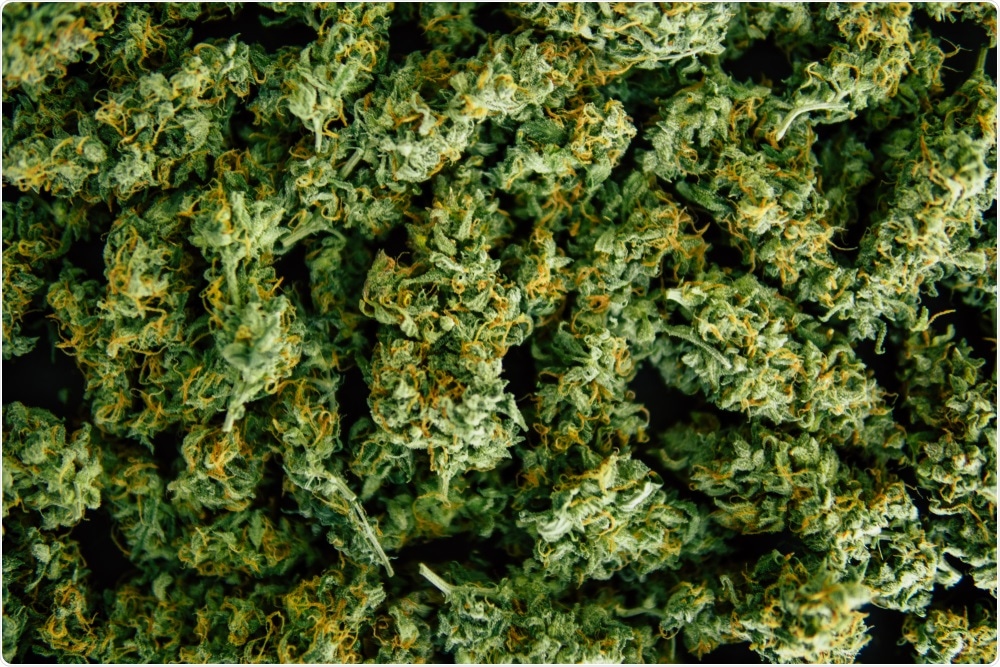An analytical method that can accurately detect and characterize traces of certain substances like illicit drugs is highly sought after in many criminal investigations, particularly those involving drug trafficking charges.
 Lifestyle discoverer | Shutterstock
Lifestyle discoverer | Shutterstock
Traditional chromatographic techniques fail to detect cannabis
Cannabis, which is one of the most important drugs trafficked around the world, is a highly complex plant that comprises various percentages of cannabinoid compounds. As a result of this plant’s complexity, it is often difficult for traditional chromatographic techniques to accurately identify and separate its constituents. These challenges are further enhanced when considering the fact that drug traces found on different items during criminal investigations can be as little as 1 milligram (mg).
As a result of the low quantity of illicit drugs that can remain on clothes, packaging, skin or vehicle interiors, criminal investigators often rely on identifying these compounds through microscopy. In order to improve the sensitivity and selectivity of analytical techniques for measuring drug traces on these types of items, various spectroscopic techniques have been proposed.
For example, ion mobility spectrometry has been used to detect traces of cocaine on clothes and cars. In addition, both Raman spectroscopy and ambient mass spectrometry have also been used to identify traces of cocaine, amphetamine, ketamine and N-methyl-3,4-methylenedioxy methamphetamine (MDMA) on various fabrics.
While these techniques have been useful for their respective criminal cases, they are insufficient when used for cannabis detection as a result of the complex components that comprise this plant.
A novel analytical method for cannabis
In an effort to improve the sensitivity of chromatographic analytical methods, researchers have turned to miniaturizing these systems. Further sensitivity can be achieved when these miniaturized chromatography systems, such as nanoLC, are combined with on-line preconcentration techniques, such as IT-SPME.
In their 2018 Molecules paper, the team of researchers led by Dr. Pilar Campins-Falco used cotton swabs to collect suspected cannabis samples from various types of materials including plastic, cellulose office paper, aluminum foam, cotton cloth and hand skin. Methanol was then applied to the swabs for extraction of the suspected samples.
The extracts were then filtered and diluted with ultrapure water, followed by processing by IT-SPEM-nanoLC. This analytical process involved the injection of each sample extract into a polydimethylsiloxane-based coated extractive capillary, which served as the loop of the injection valve of the liquid chromatograph.
While this technique has been shown to successfully identify tetrahydrocannabinol (THC), cannabidiol (CBD) and cannabinol (CBN), the present study focused on the analysis of THC quantities within their samples.
IT-SPME coupled on-line to nanoLC shows promise
The researchers successfully demonstrated that IT-SPME coupled to nano-LC is an adequate analytical method that can be used to selectively characterize contact traces of cannabis on various materials.
The chromatographic system used in this study did not exhibit any deterioration in its retention properties even after 100 extracts were analyzed, thereby demonstrating desirable stability for this type of method. Furthermore, this minimally invasive analytical technique also utilized green extraction techniques, as only 1 milliliter (mL) of methanol was applied to each cotton swab.
The present work highlights the potential of IT-SPME coupled on-line to nanoLC to be used for detecting and characterizing contact traces of cannabis found in various samples. The researchers in this study are hopeful that future applications of their technique will be used to quantify other complex samples.
Journal Reference:
Jornet-Martinez, N., Ortega, Sierra, A., Verdu-Andres, J., Herraez-Hernandez, R., & Campins, Falco, P. (2018). Analysis of Contact Traces of Cannabis by In-Tube Solid Phase Microexxtraction Coupled to Nanoliquid Chromatography. Molecules; 23(9); 2359. DOI: 10.3390/molecules23092359.
The research discussed in this article was financially supported by the EU FEDER, the Spanish AEI (project CTQ2017-90082-P) and the Generalitat Valenciana (PROMETEO 2016/109).